Rising Demand for Automation
The Utility Billing Software Market experiences a notable surge in demand for automation solutions. As utility companies strive to enhance operational efficiency, the integration of automated billing systems becomes increasingly essential. Automation minimizes human error, accelerates billing cycles, and improves customer satisfaction. According to recent data, the adoption of automated billing solutions has led to a 30% reduction in billing discrepancies. This trend indicates that utility providers are prioritizing technology investments to streamline their processes, thereby driving growth in the Utility Billing Software Market.
Adoption of Advanced Analytics
The Utility Billing Software Market is witnessing a growing trend towards the adoption of advanced analytics. Utility companies are increasingly leveraging data analytics to gain insights into customer behavior, optimize pricing strategies, and enhance operational efficiency. By utilizing predictive analytics, companies can forecast demand and adjust their billing practices accordingly. Recent studies indicate that organizations employing advanced analytics in their billing processes have seen a 20% increase in revenue. This trend underscores the importance of integrating analytics into utility billing software, thereby fostering growth in the Utility Billing Software Market.
Increasing Customer Expectations
In the Utility Billing Software Market, customer expectations are evolving rapidly. Consumers now demand more transparency and flexibility in their billing processes. This shift compels utility companies to adopt advanced billing software that offers real-time access to account information and customizable billing options. Recent surveys indicate that 75% of customers prefer digital billing solutions that provide detailed usage insights. Consequently, utility providers are investing in sophisticated billing software to meet these expectations, which in turn propels the growth of the Utility Billing Software Market.
Regulatory Compliance Requirements
The Utility Billing Software Market is significantly influenced by stringent regulatory compliance requirements. Utility companies are mandated to adhere to various regulations concerning billing accuracy, data security, and consumer protection. As these regulations become more complex, the demand for compliant billing software increases. Recent reports suggest that non-compliance can result in penalties exceeding 10% of annual revenue for utility providers. Therefore, investing in robust utility billing software that ensures compliance is becoming a priority, thereby driving the Utility Billing Software Market.
Shift Towards Sustainable Practices
The Utility Billing Software Market is also being driven by a shift towards sustainable practices. As environmental concerns gain prominence, utility companies are seeking ways to promote energy efficiency and reduce waste. Billing software that supports green initiatives, such as tracking energy consumption and providing usage reports, is becoming increasingly valuable. Recent findings suggest that utilities implementing sustainable billing practices can enhance customer loyalty and attract environmentally conscious consumers. This growing emphasis on sustainability is likely to propel the Utility Billing Software Market forward.


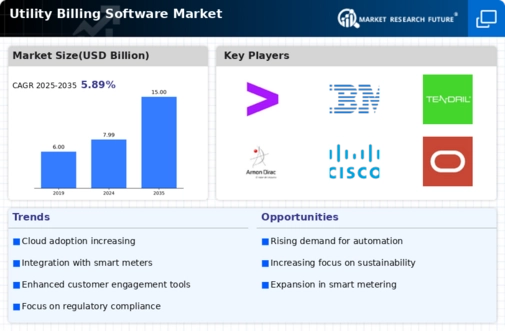
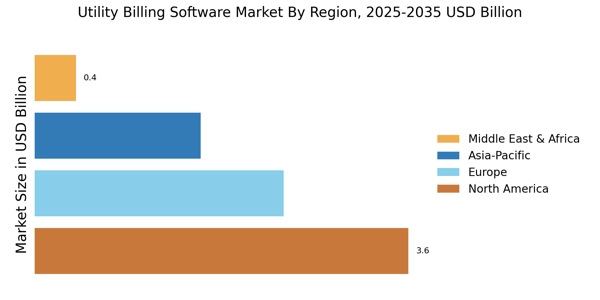
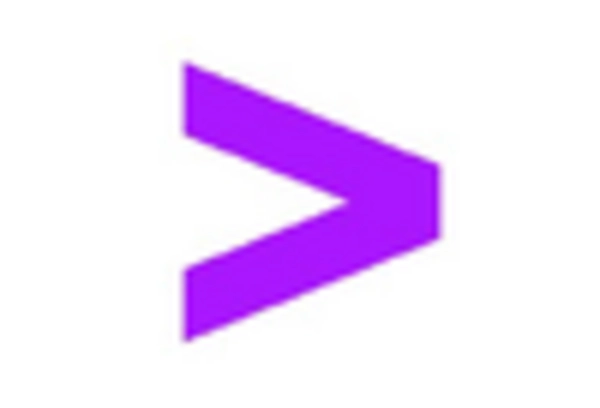
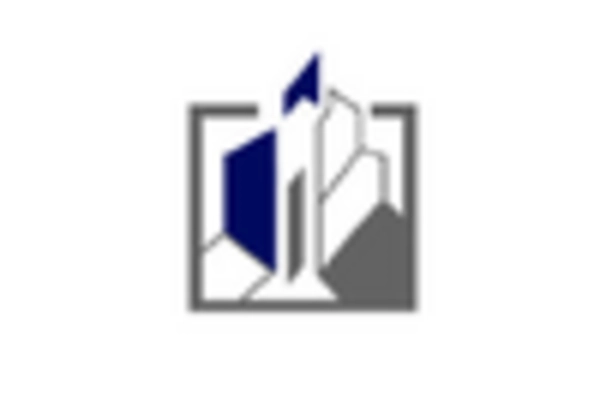



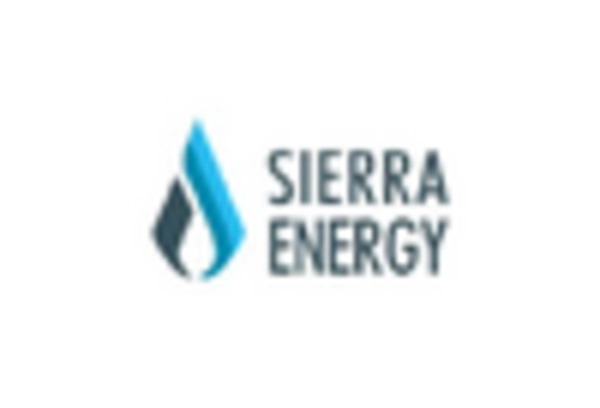








Leave a Comment